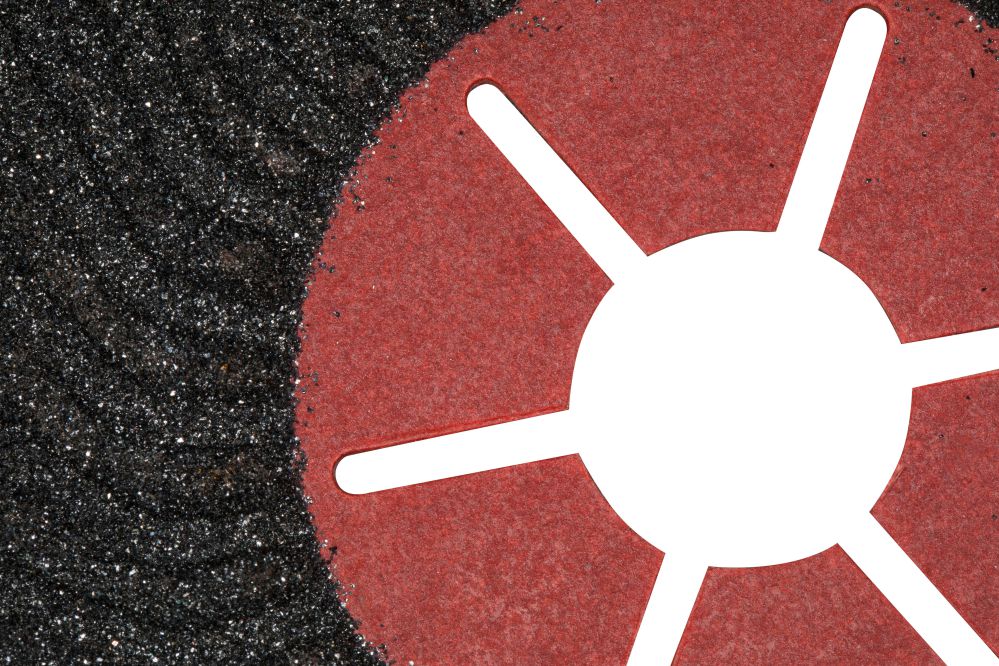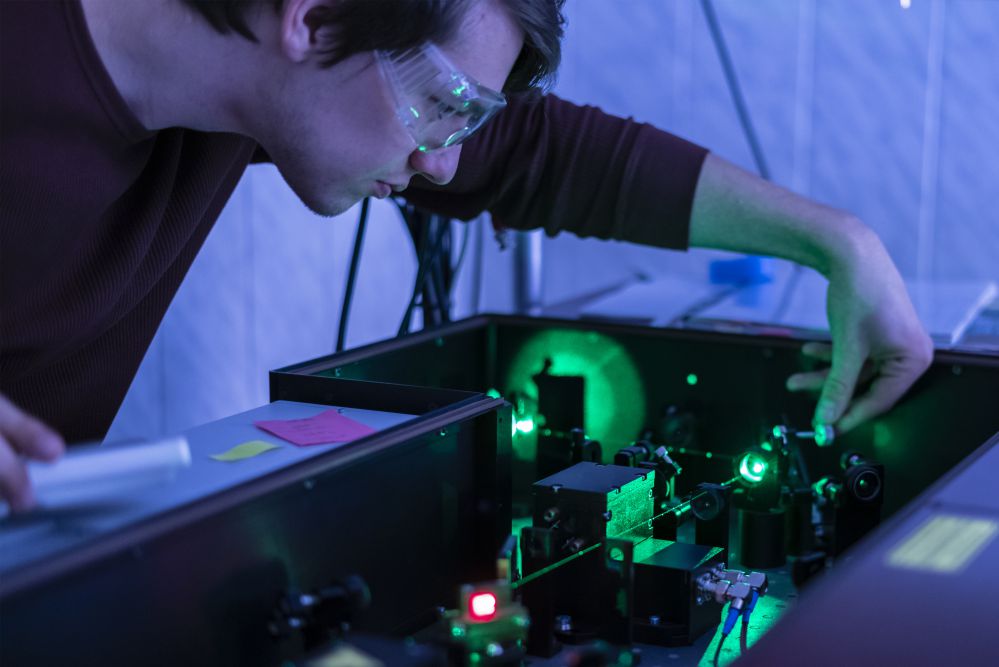The food industry has long been experimenting the use of thermoplastics for food packaging. Materials such as polyester are easy to manipulate and inexpensive. Plus, the fact that they are sterile, strong and waterproof make them ideal for the packaging of fresh or ready to use food products.
In this article we will discuss how to seal plastic containers using a CO2 laser scanning process. This technique can substitute the traditional mechanical application based of heat and pressure. It becomes possible to notably speed up the sealing process, increase its flexibility and reduce the consumption of resources.

The packaging of food products
Traditionally, food containers are sealed by applying heat and pressure to a thermoplastic sheet. The machines used for this process are very bulky and require strong fixturing of the containers to be processed. They have to be kept perfectly still while the sealing head applies pressure and heat to the plastic film in order to seal the container.
This process has some limitations. Since it is above all a mechanical process, the parts that come into contact with each other get worn with time and have to be replaced. The tools have to be tailor-made to adapt to each type of container which makes the production line hard to change quickly. These types of machines require constant cleaning and maintenance. Finally, one needs to consider the cost of stocking and upkeeping the various pieces of machinery.
Nowadays, this type of production is hard to sustain. Flexibility and speed of execution are determining factors that will allow a company to promptly take on the changing requests of the market. The CO2 laser sealing makes it possible to overcome the previously mentioned inconveniences as well as seal plastic containers in a fast and flexible way.

How does laser sealing of food containers work?
In a laser sealing process, productivity is key. A high powered laser source that works in tandem with a highly performing laser scanning head allows for high production rates. The laser source produces the beam that generates the necessary energy and heat to seal the thermoplastic sheet to the container. The higher the power of the laser source, the shorter the production cycle.
A scanning head directs the CO2 laser exactly where needed. A highly performing laser scanning head has galvanometer mirrors with very high angular velocity, that ensure an instant response and therefore a fast production process.
Thanks to this system, the laser doesn’t only do welding: the same source can be used to finish off the product, for example, cutting off the parts that exceed the size of the container.

This process is very versatile and suitable for every type of container. It is particularly useful for multi-compartment containers. As opposed to mechanical processes, laser welding is contactless and therefore a completely sterile process which makes it perfect for the food industry. There are no costs related to maintenance or the deterioration of tools and it isn’t necessary to change any machinery pieces for different production runs. The process is fully computerised and the change of production is practically instantaneous.
In conclusion, the use of the CO2 laser for the sealing of food containers is a fast and flexible process. It makes it possible to take full advantage of the company’s resources.




